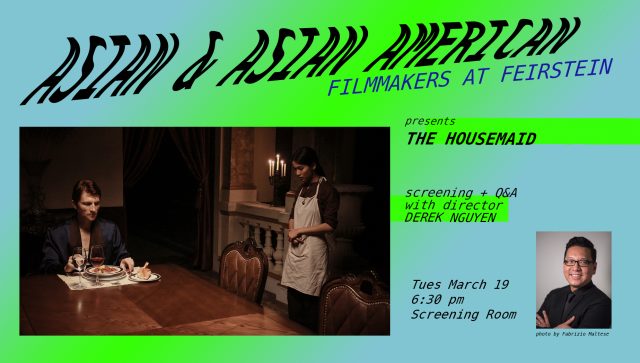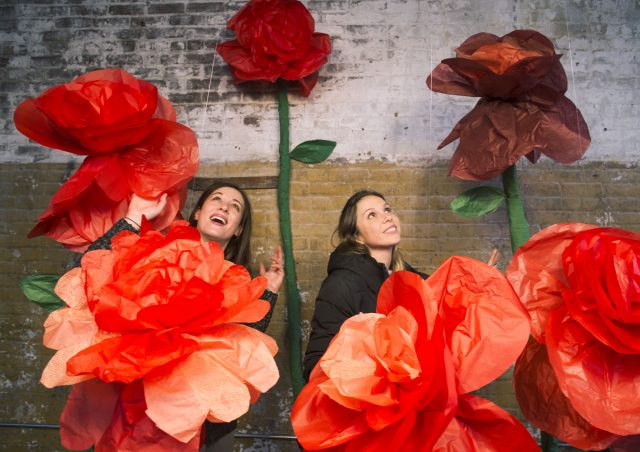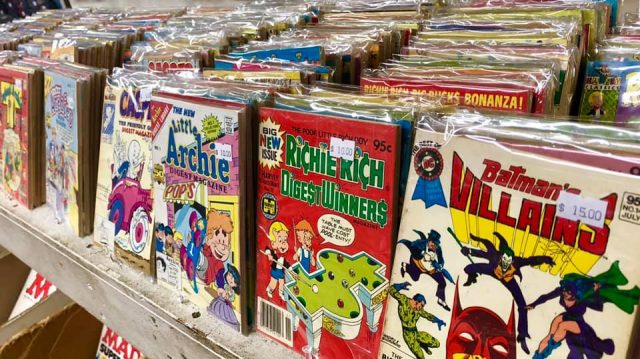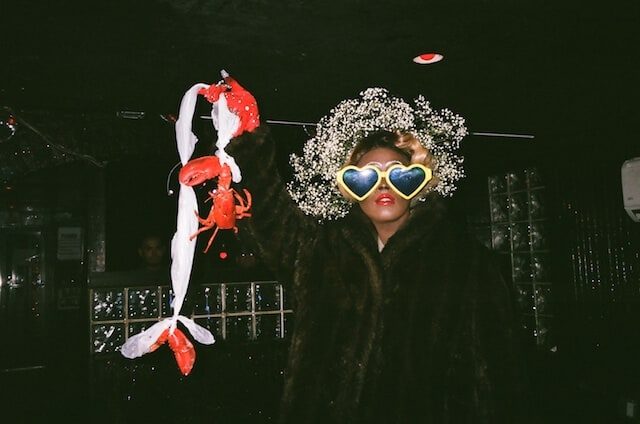
An easy way to elicit an eye-roll from any drag queen in New York is to utter the phrase “Brooklyn drag.” Not necessarily because that specific sub-genre of drag is particularly contemptible, but largely because the phrase has been thrown around so much that it’s not quite clear what it currently refers to (or ever did, really). What exactly is Brooklyn drag anyway?
This epithet has gone from beyond our city to the small screen, with Brooklyn icon Sasha Velour taking the champion’s crown of the most recent season of RuPaul’s Drag Race. Even before Sasha, the question lingered on the perfectly-painted lips of Drag Race alum like Acid Betty, who described Brooklyn drag as “messy” and “hairy,” adjectives which ironically do not apply to any of the Brooklyn-based competitors who have ever been on the show.
________
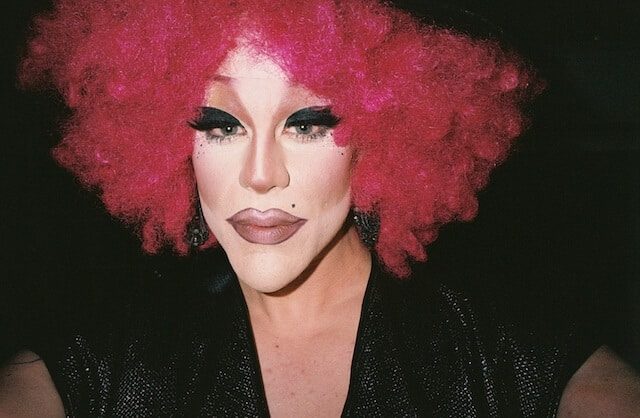
Miss Velour’s victory is the apex of what some people have (in some cases sarcastically) begun calling the “Brooklyn drag renaissance”. No one can seem to agree on when this moment or epoch began, but no one would say that the popularity of RuPaul’s Drag Race didn’t have something to do with it – the show seemed to create a total boom in all styles of drag. In Brooklyn specifically, legendary queen Horrorchata picked up on this, culminating in the creation of the remarkable grassroots drag festival Bushwig.
“I feel like one day everyone just woke up and was like ‘I’m a drag queen!’ I don’t know! It was just really crazy, I loved it!” she said last year, reflecting on the inspiration behind her festival, which has grown into a widely celebrated, internationally touring movement emblematic of the diverse, creative scene writ large.
________
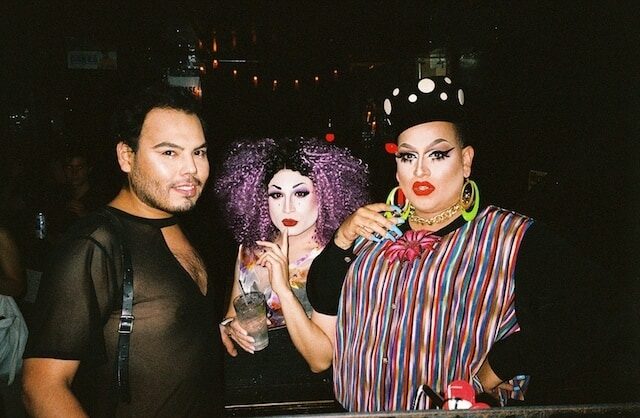
The lineage of the drag created in Brooklyn perhaps reflects the history of other New York sub-cultures more so than the gender-bending more commonly seen in TV. A contemporary drag show in our borough probably resembles the aesthetics of the mischievous and boundary-pushing club kids of Manhattan in the late ‘80s and early ‘90s – fused with the energy and vigor of New York’s ballroom scene – more than the confusingly rigid pageantry celebrated on VH1 and Logo. Although the club kids were largely white and wealthy, the Brooklyn drag world’s makeup is far more inclusive and diverse – the spirit of the club kids lives on in Brooklyn’s rebellious deconstruction of beauty.
The history of the club kids – whose scene faced its demise with the fallout of Michael Alig’s historic murder and Mayor Giuliani’s subsequent crackdown on nightlife, paired with the cultural devastation from the HIV/AIDS crisis – has been endlessly told and retold. Many of the key players in that scene briefly contributed to the electroclash movement of the early 2000s, but when that trend fizzled out, queer art seemed to quiet down in the popular imagination. Now it’s back in full force, with Brooklyn as one of its epicenters.
________
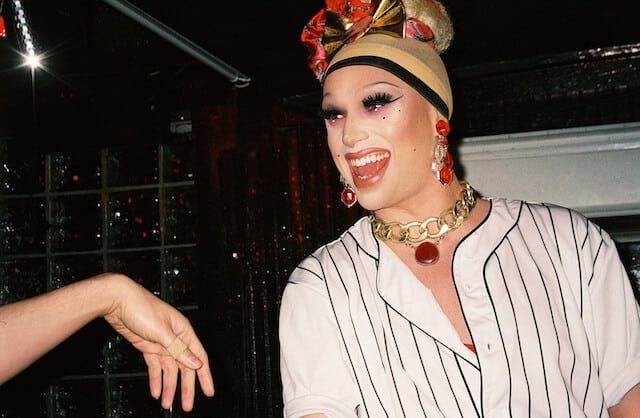
Why Brooklyn though? The economic transformation of Manhattan into an exclusive playground for the ultra-wealthy has made the city somewhat inhospitable to certain kinds of underground creativity. And although rents in Brooklyn are still staggeringly high – and continue to rise – artists of all genders seem to more easily congregate here. The proliferation of underground DIY spaces like The Spectrum, House of Yes, and Aviv gave free reign to groups of diverse and experimental artists whose work simply couldn’t thrive in the more haughty, exclusive, and competitive gay bars and relatively conservative venues of the Lower East Side and Chelsea. This, in turn, has somewhat segregated (although, of course, cross pollination still exists) the styles of performance more commonly seen in each area: “I think (in my case, at least) the renaissance has come from the desire of artists to perform more and on their own terms without waiting for someone to tell them they were ready based on unwritten standards of achievement, and opinions … We’ve each individually carved out spaces for ourselves, creating more spaces for others,” explains Lady Bearica Andrews, a bearded queen who performs mostly in Brooklyn.
That means that Brooklyn drag is probably best defined in opposition to its foil, Manhattan drag: “Manhattan drag is thought to be influenced by Broadway, so lots of big crowd-pleasing high energy numbers. Meanwhile Brooklyn is considered more influenced by the performance artist community, so shows there tend to be more provocative, eliciting deeper emotions,” says nightlife writer Jim Silvestri of the award-winning blog Thotyssey. “People will look at a drag performance and say ‘that’s so Brooklyn’ when the performer is doing something other than purely entertaining: if they’re playing with gender norms, using ‘unconventional’ music or movement or costumes or props, or giving political messages.”
________
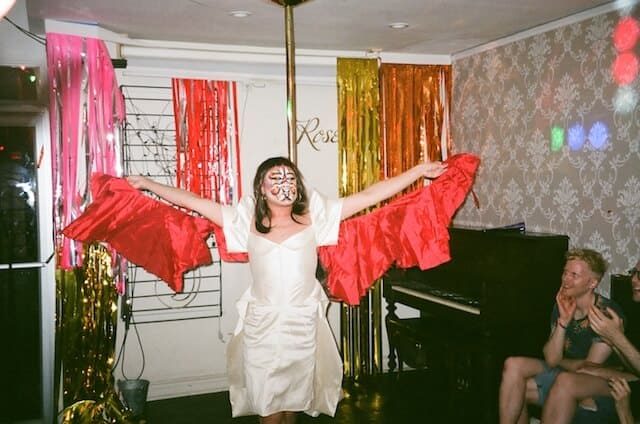
“Brooklyn audiences are much more open to a different dialogue when it comes to what they want to spend their money on,” adds Crimson Kitty, founder of the LadyQueen collective. “We have performers creating unique perspectives such as Chris Of Hur … We have several drag collectives such as LadyQueen and Switch N Play cultivating safe spaces for our fellow queer artists. We have amazing competitions open to all performers such as the Mx. Nobody Pageant and Dragnet. These are the types of things that you don’t find too much of in Manhattan … Top 40 playlists are the kings and queens of many drag venues in the West Village and Hell’s Kitchen. Doing any sort of artistic exploration within drag would [get] nothing but crickets from the audience.”
________
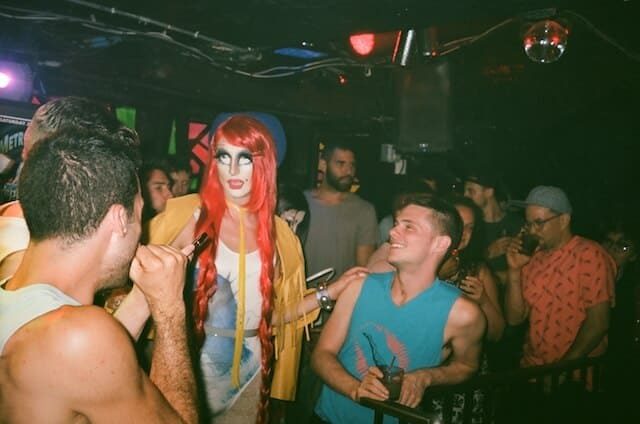
In a way, then, Brooklyn drag is a rejection of the typical standards and norms of drag – and although drag in all forms continues to be a source of artistic, transgressive, and politically confrontational practices, it is Brooklyn drag that challenges the challenges or satirizes the satire.
The drag renaissance may be a double-edged sword, though, with some artists noting the ways that gentrification both contributes to and is an effect of this current era: “[Brooklyn drag has] exploded in terms of the number of performers, aesthetic variety, and fan base, but then we need to acknowledge the unpublicized histories of gender non-conforming folks who have always lived in Brooklyn to understand how to even measure a change,” says experimental drag performer Hystee Lauder. “The pressure of rising rents and the disappearance of queer communal spaces has self-selected for a very specific kind of Drag that receives community support not for being more ‘artistic’ or ‘innovative’ but for the very boring reasons of having access to networks of rich white cis gay men and their money.”
________
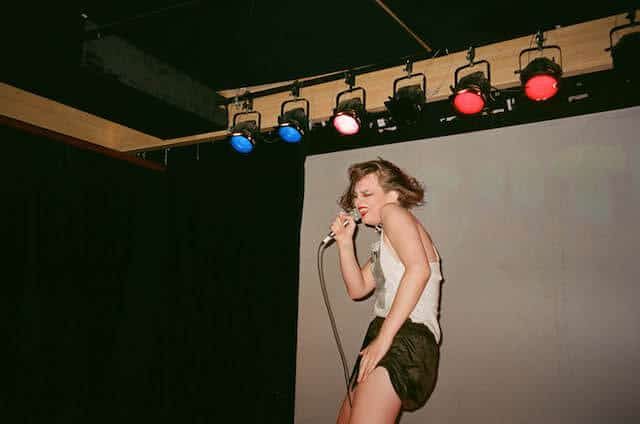
“We are now in the spotlight,” adds Crimson Kitty. “It’s a sort of mainstreaming that is happening which more than likely reflects the gentrification and changes happening throughout the neighborhoods we perform in. However, from that comes thriving jobs for freelance costume designers, wig stylists and custom nail technicians, almost creating our own drag economy within Brooklyn, especially with festivals like Bushwig to sell your wares in!”
________

With Sasha’s victory and the public’s increasing respect of our home as a source of artistic ingenuity, Brooklyn drag has cemented its status as both an aesthetic and a faction to watch. But like Brookyln itself, one wonders what will happen when this style becomes a marketable lifestyle brand rather than a functioning ethos.
________
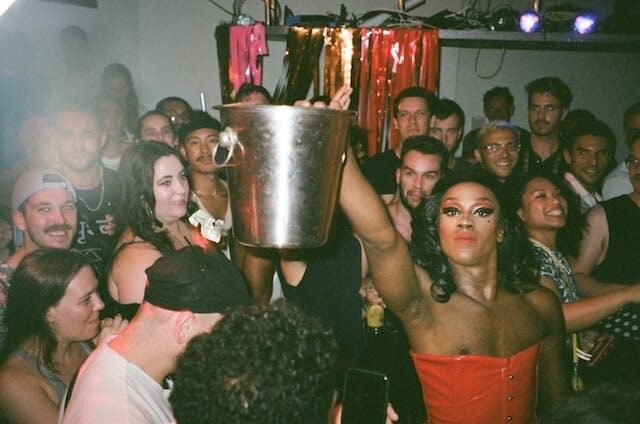
Leave a Reply

